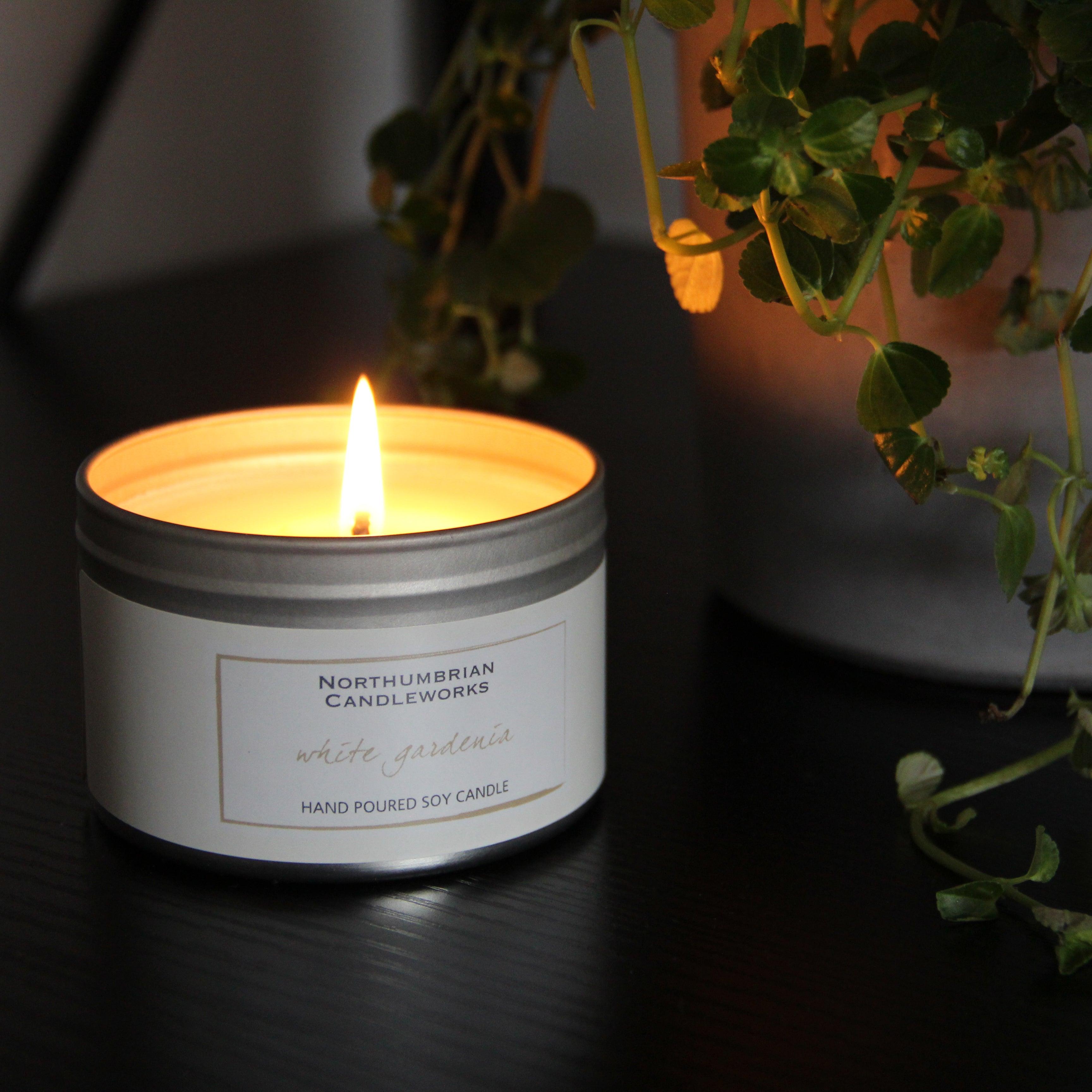Explore the World of Crystal Soy Candles and Home Fragrance Thrills
Explore the World of Crystal Soy Candles and Home Fragrance Thrills
Blog Article
From Wick to Wax: Recognizing the Chemistry Behind Soy Wax Candles and Their Ecological Impact
As we brighten our areas with the warm radiance of candles, there lies a realm of intricate chemistry behind the apparently straightforward act of lighting a soy wax candle light. Join us as we unwind the scientific complexities behind soy wax candle lights and explore their ramifications on our setting.
Soy Wax Vs. Paraffin Wax
When contrasting soy wax and paraffin wax for candle light production, it is important to comprehend the unique attributes and advantages of each product. Soy wax is an all-natural, sustainable resource originated from soybean oil, making it biodegradable and green - home fragrance. In contrast, paraffin wax is a by-product of oil refining, which raises problems about its environmental effect and sustainability
Soy wax candles burn cleaner and emit less residue compared to paraffin wax candles, making them a much healthier choice for indoor air top quality. In addition, soy wax has a reduced melting factor, permitting a longer-lasting candle that spreads fragrance more properly. Paraffin wax, on the other hand, often tends to burn faster and less cleanly, potentially releasing hazardous chemicals right into the air.
From a sustainability viewpoint, soy wax is preferred for its biodegradability and renewable sourcing, straightening with the expanding customer choice for eco aware items. While paraffin wax has actually been a standard option in candle light making because of its cost and convenience of usage, the shift in the direction of eco-friendly options like soy wax is gaining energy in the market.
Chemical Make-up of Soy Wax

Burning Process in Soy Candles
The chemical composition of soy wax directly affects the burning procedure in soy candle lights, impacting aspects such as burn time, scent launch, and environmental impact. When a soy candle light is lit, the heat from the fire thaws the wax near the wick. This fluid wax is then drawn up the wick because of capillary action. As the fluid wax reaches the fire, it undergoes and evaporates burning. The combustion procedure involves the vaporized hydrocarbons in the wax responding with oxygen in the air to produce warm, light, water vapor, and carbon dioxide.
The burning performance of soy candles is affected by the pureness of the soy wax and the quality of the wick. A clean-burning soy candle light with a properly sized wick will create a constant flame and lessen soot development. This not only extends the melt time of the candle light but also improves the launch of fragrances. Furthermore, soy wax candle lights have a lower environmental effect compared to paraffin candles due to their biodegradable and sustainable nature.

Ecological Advantages of Soy Wax

Taken into consideration a sustainable option to standard paraffin wax, soy wax uses notable ecological benefits that make it a prominent option among eco-conscious consumers. Soy wax burns cleaner and creates less soot than paraffin wax, contributing to far better interior air quality and decreasing the demand for cleaning and upkeep. Generally, the environmental benefits of soy wax line up with i was reading this the expanding need for eco-friendly and lasting items in the market.
Recycling and Disposal Considerations
Recycling and proper disposal of soy wax candles play a critical function in keeping environmental sustainability and decreasing waste in neighborhoods and homes. When it involves recycling soy wax candles, the primary step is to make sure that the candle has actually burned entirely. This can be attained by allowing the candle light to melt until the wick is no much longer functional, and after that allowing the staying wax cool and strengthen. Once the wax has solidified, it can be meticulously eliminated from the container.

In terms of disposal, if recycling is not an alternative, soy wax candles are naturally degradable and can be safely disposed of in many home waste systems. It is constantly advised to check with neighborhood reusing centers or waste monitoring solutions for details guidelines on candle light disposal to make sure appropriate handling and ecological defense.
Final Thought
In conclusion, the chemistry behind soy wax candles her latest blog discloses their environmental advantages over paraffin wax candles. Soy wax, derived from soybean oil, burns cleaner and creates much less soot when contrasted to paraffin wax.
When comparing soy wax and paraffin wax for candle production, it is important to comprehend the unique qualities and benefits of each material (soy wax candles).Soy wax candles shed cleaner and send out less soot compared to paraffin wax candle lights, making them a healthier selection for interior air high quality.Taken into consideration a sustainable choice to typical paraffin wax, soy wax provides remarkable ecological advantages that make it a prominent selection amongst eco-conscious customers. Soy wax burns cleaner and generates pop over to this site much less residue than paraffin wax, adding to far better interior air quality and reducing the need for cleaning and upkeep.In verdict, the chemistry behind soy wax candle lights exposes their environmental advantages over paraffin wax candle lights
Report this page